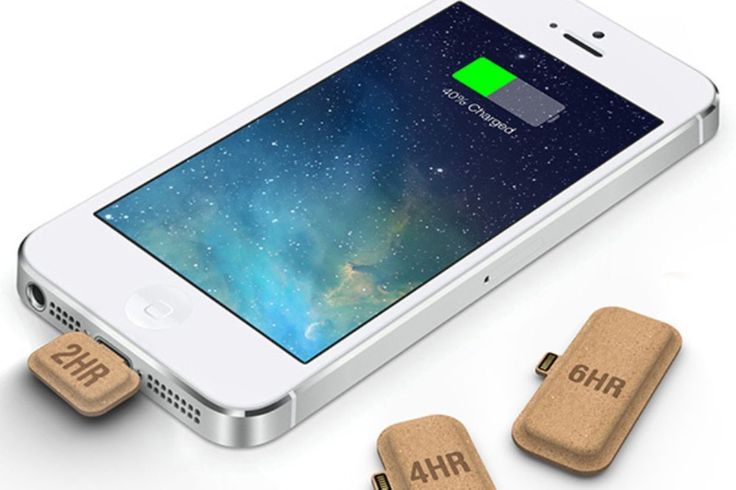With the most advanced technology inventions ever created, we’re heading into the next century of innovation. Bionic ears, Hover-boards, Augmented reality, and more are just some of the most amazing technological developments of the decade. But there are so many more to come. If you’re unsure about which one to try first, read on. Here are some of the best tech inventions to try right now.
Bionic ears
The Bionic Ear has already been clinically tested in humans and is capable of improving speech understanding in the profoundly deaf. This technological innovation combines engineering and biological sciences, and it represents the first successful restoration of a sensory function in humans. The new technology is unique in that it combines multiple channels for transmitting essential information about place and frequency, which is crucial to hearing and understanding sound. High-fidelity sound requires fine temporal excitation of nerve fibers to be produced, which is not possible with a traditional ear.
Virti
The company’s cloud-based platform is accessible on desktop, mobile, and VR/AR headsets. It uses data-science algorithms to identify patterns in training data. Virti’s virtual reality training system focuses on essential workplace skills, such as empathy and effective communication. Using these data-driven insights, Virti is helping companies improve employee performance and improve their bottom line.
Hover-boards
This technological marvel uses quantum mechanics and magnetic fields to propel you forward. Superconductors have no electrical resistance and therefore can be pushed by magnets. They interact with other magnetic objects to break magnetic field lines. Magnets pull superconductors upwards, lifting them out of the way. The result is a hoverboard. Here’s how it works:
Augmented reality
For years, the public has questioned whether Augmented Reality (AR) is truly a revolutionary technology. However, the potential for AR to revolutionize our lives is too great to pass up. AR has many practical applications, including employee training. It offers employees a safer, more effective way to learn in an environment with fewer risks, while also reducing training costs. Rather than sitting through hours of lectures, employees can now experience AR in action with apps. Japan Airlines and Siemens have already started using AR for employee training.
Web Browser
The Web Browser was invented in 1990 by British computer scientist Tim Berners-Lee, who had been working at CERN as a computer scientist. This new window onto the internet was an easy-to-use graphical interface that facilitated the exchange of data. It was named WorldWideWeb by Berners-Lee and was first used on the NeXT computer. Its design enabled the creation of interactive hypertext documents that were linked over a public network. The Web browser’s developers, including Tim Berners-Lee, had been lobbying students and professors to develop the system for years. The development of the Web browser was subsequently accelerated by the addition of a new capability called “line mode” – which allowed a user to edit pages directly within the browser.

